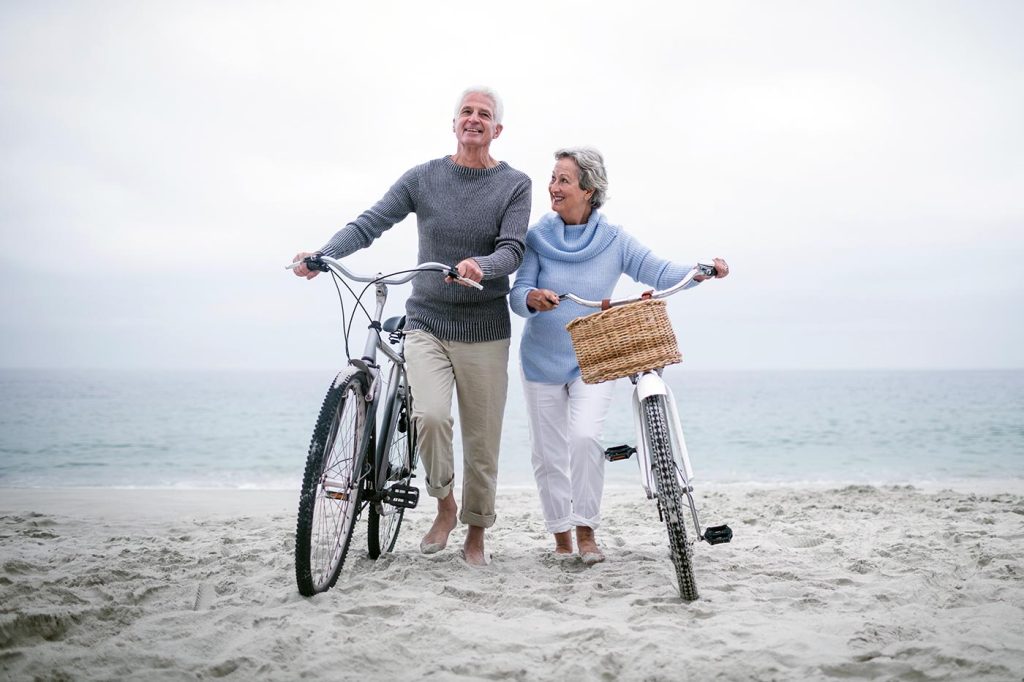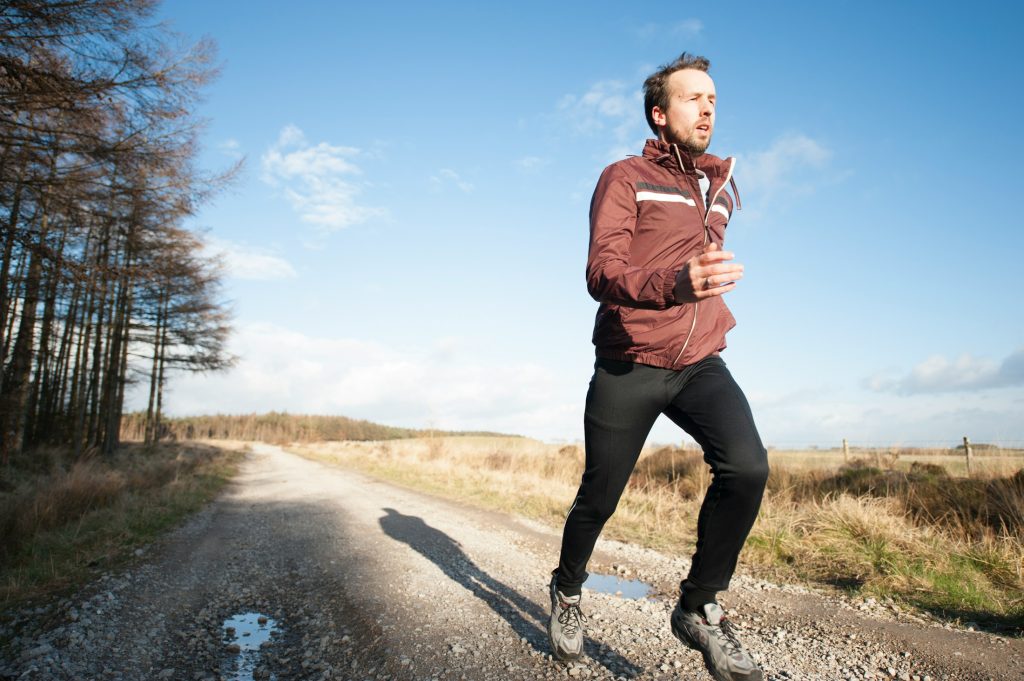Use our HearthHealth app


It is used to treat different types of abnormal rhythms (arrhythmia), including atrial fibrillation and ventricular tachycardia. It is not suitable for everyone with arrhythmia. It is usually a planned procedure but can occasionally be done as an emergency in life threatening cases.
If you have atrial fibrillation you may have been prescribed warfarin tablets 4 to 6 weeks before the procedure to thin the blood. Warfarin protects against blood clots forming in the heart which could break off and cause a stroke. Whilst taking warfarin, your blood will be monitored by the Warfarin Clinic. Your INR levels need to be stable within certain parameters before you can go ahead with a cardioversion. After the procedure, you will need to stay on warfarin for approximately 4 weeks or until advised to stop by Dr Ramrakha. Everyone undergoing a cardioversion should be on warfarin. If you are not, you will need to have further tests (eg. Transoesophageal Echo) prior to the cardioversion.
Cardioversion is classed as a day case procedure. You will be in hospital for approximately 4 to 5 hours. A light general anaesthetic will be given to you through a vein in your hand and once you are asleep, Dr Ramrakha will apply the electrical shock to your chest. The procedure will take about 10 minutes after which you will be taken to the Recovery Room to wake up from the sedation.
You will be transferred back to your bed and stay in hospital 3 to 4 hours to recover from the anaesthetic before you are allowed home. The anaesthetic will take 24 hours to wear off fully, during which time do not drive or operate machinery (including the kettle and cooker), and do not drink alcohol. Please make arrangements for someone to collect you from hospital and stay with you. You can drink normally and eat a light meal if you feel like it after the procedure and resume your normal activities the following day.

